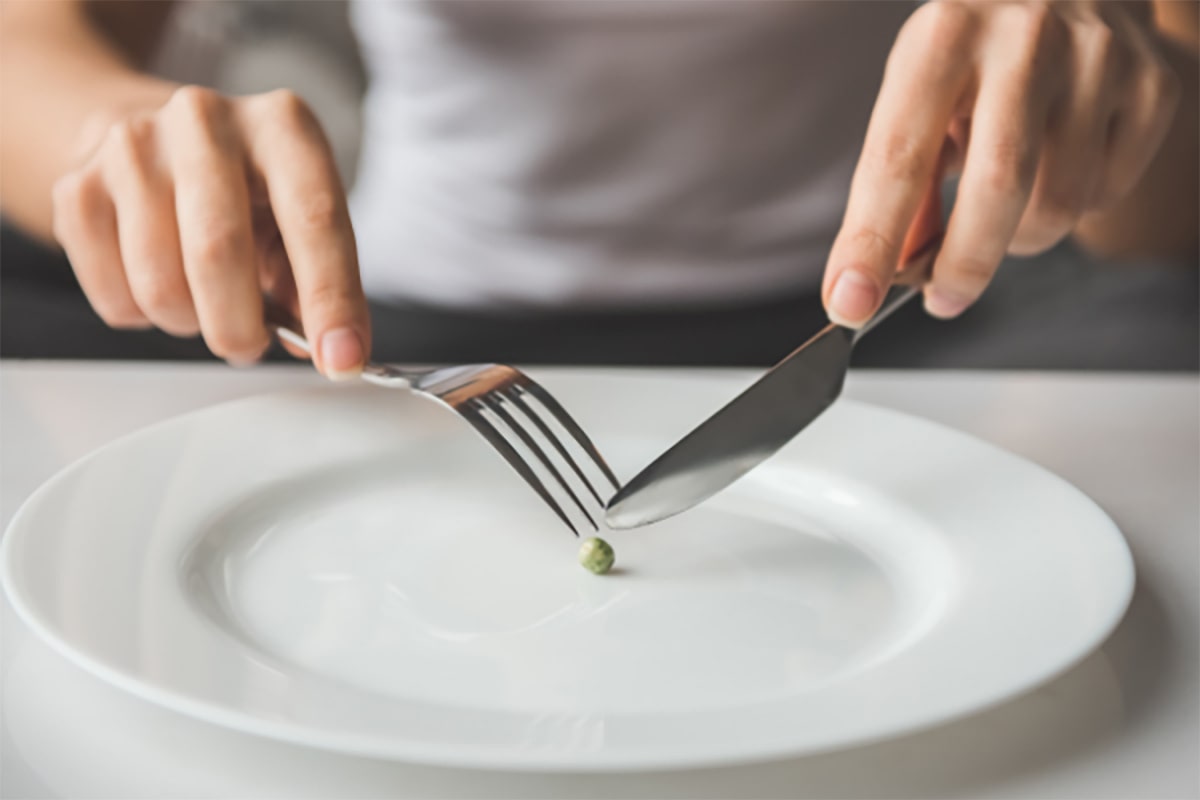Why You Need to Eat Your Greens During Menopause

It’s probably not news to you that green vegetables are “good for you.” But did you realize that leafy greens are especially helpful during perimenopause after menopause?
Leafy greens are a quintessential example of a food that helps with menopause naturally, both in the short and long term.
Reason 1: Plant Foods Reduce Hot Flashes (and Other Menopause Symptoms)
Several studies in recent years support the conclusion that women who eat more plant foods have fewer menopause symptoms. These studies associated higher fruit and vegetable intake with reduced physical and mental symptoms.
How a plant-based diet helps is still unclear. One hypothesis is that eating more plant foods means eating fewer animal foods, which can disrupt estrogen levels. Another hypothesis is that the antioxidants in fruits and vegetables reduce inflammation in a way that eases menopause symptoms.
Reason 2: Nitrates For A Healthy Heart
After menopause, and without the benefits of estrogen to protect the heart, your risk for heart disease increases significantly. For example, one of estrogen’s many roles is to help the body release nitric oxide. Nitric oxide vasodilates (widens blood vessels) to prevent high blood pressure, strokes, and heart disease.
By eating foods high in nitrates, we can get this helpful vasodilator from our diet. This is key for postmenopausal women looking to boost their cardiovascular health.
Reason 3: Calcium For Strong Bones
Dropping estrogen leads to a steep decline in bone density around menopause that continues steadily in the following decades. We can mitigate this change by eating calcium-rich foods.
Your mind might go straight to dairy products when you think of calcium, but leafy greens offer a calcium-rich superfood alternative. Collards, kale, mustard greens, and turnip greens are all excellent sources of easy-to-absorb calcium.
In addition to consuming more calcium, make sure to reduce your intake of calcium “wasters.” Animal protein, sodium, caffeine, and tobacco all cause the body to excrete extra calcium instead of store it.
Midlife Meal-Planning With Greens
There are so many varieties of leafy greens that it’s hard to get bored. If you find yourself eating the same types repeatedly, reduce “salad fatigue” by trying out new leafy greens beyond lettuce. A few lesser-known greens to try include beet greens, mustard greens, chard, arugula, dandelion greens, and watercress.
If you’re stuck in a salad rut, think outside the bowl! You can literally eat greens for breakfast, lunch, dinner, and snacks (and in some cases, may not even notice they’re there).
Breakfast
- Lightly sauté spinach, kale, or arugula to add to fried eggs or an omelet.
- Mix chopped greens into eggs and bake them in muffin tins or as a frittata.
- Blend greens into a smoothie, using a recipe like this one: 1 kiwi + ½ banana + 1 Tbsp chia seeds + 1 ¼ cup baby spinach + 1 cup water + 2 ice cubes (optional: add a scoop or two of vanilla protein powder).
Lunches and Dinners
- Throw a few handfuls of spinach or baby kale in towards the end of cooking a soup, chili, or pasta sauce.
- Combine kale with brain-boosting berries in a delicious salad.
- Use collard greens or swiss chard leaves to roll-up a turkey or tuna “wrap” sandwich.
- Make kale pesto that you can spread on sandwiches or mix into pasta (or buy this pre-made – Trader Joe’s has a tasty version!).
- Try this greens-packed recipe for Sprinkle Pie. It’s perfect as a vegetarian main dish or side, and just as good reheated for easy mid-week meals.
- And, of course: salads! Mix two to four types of leafy greens with your favorite toppings for a super midlife-friendly meal. Include some protein like lentils or chicken for staying power, nuts or seeds for healthy fats, and chopped up veggies like carrots or radishes for crunch.
Snacks
- Bake kale chips. Combining kale, a light coating of oil, and a sprinkle of salt/seasoning in the oven at 300 degrees F for about 25 minutes.
- Use endive as a scooping vessel for hummus, tuna salad, or other dips.
Get started by eating at least one serving of greens every day. From there, work up to incorporating two or more servings of greens. Experiment with recipes that make leafy greens the main ingredient. One of our favorite dinners is a big salad packed with leafy greens and other healthy veggies. You’ll soon find that you can’t live without your daily greens!
Sign up for more unique women’s health content
By submitting this form, you agree to the Lisa Health Privacy Policy and Terms of Use


